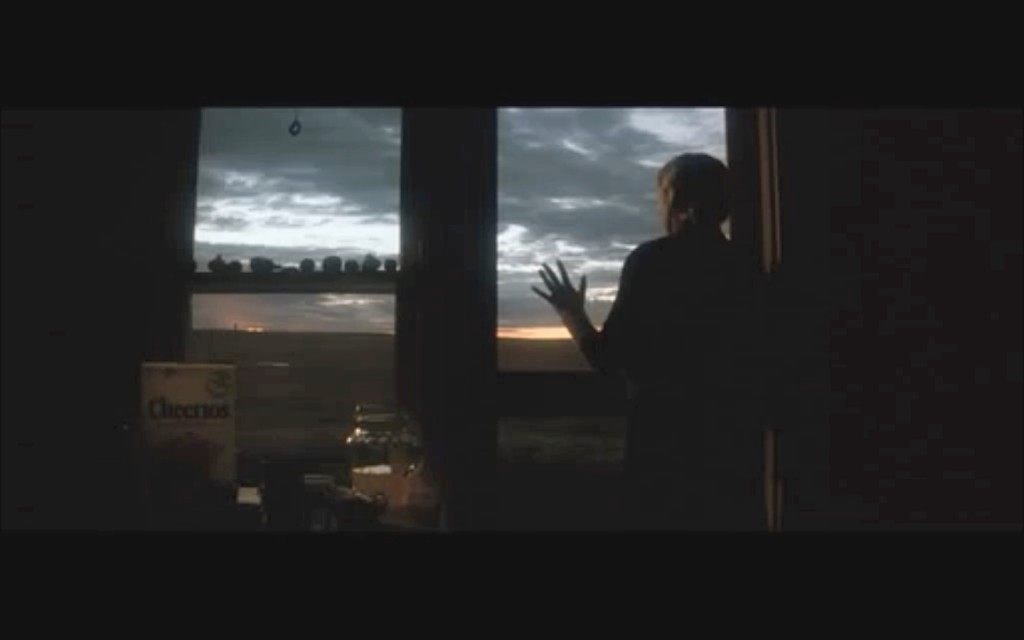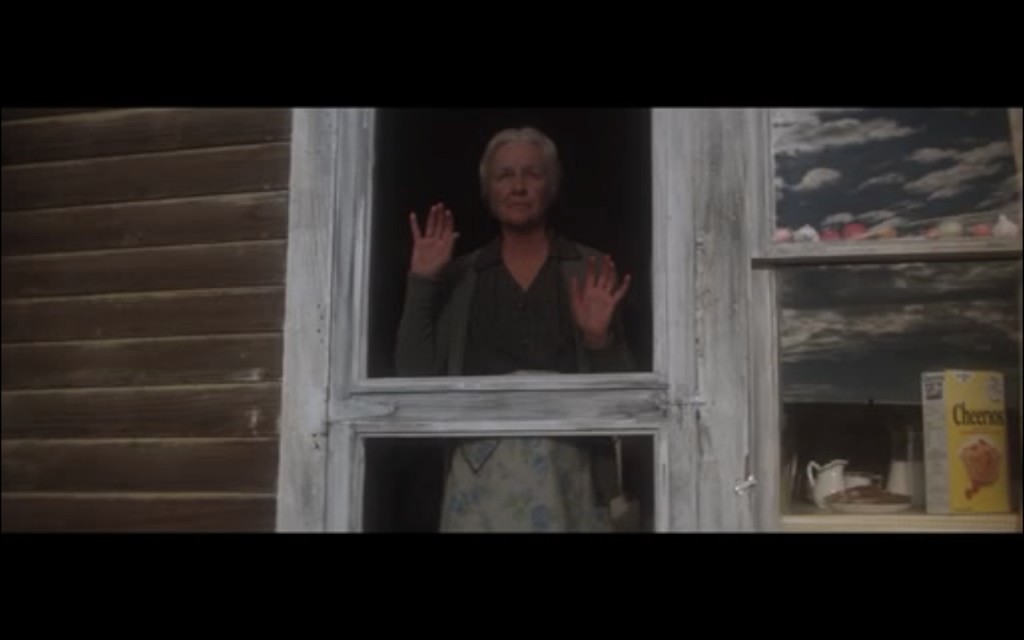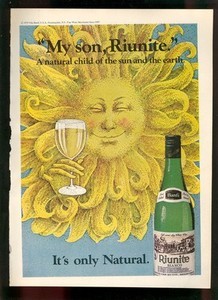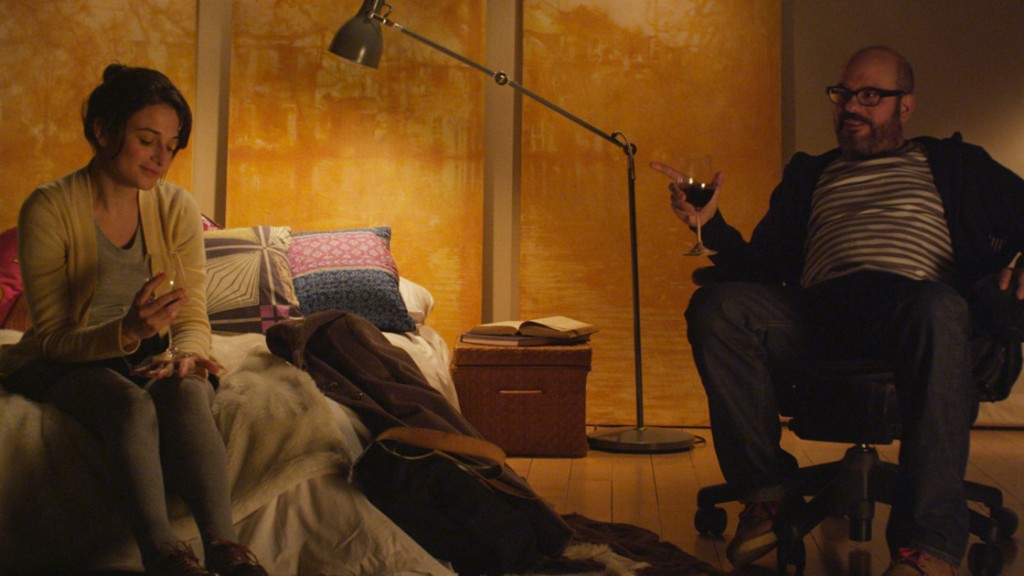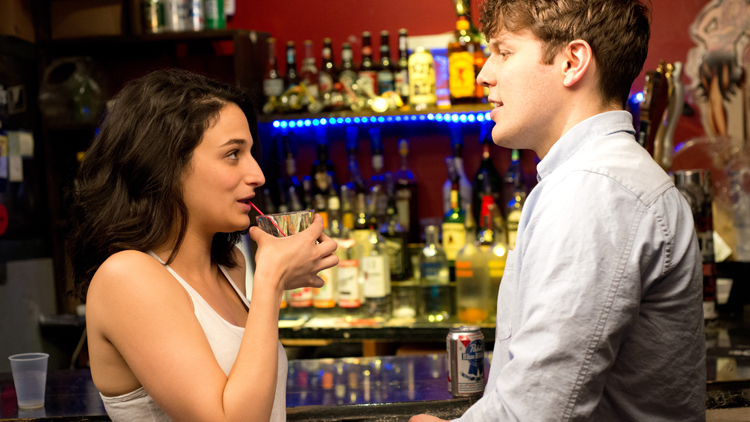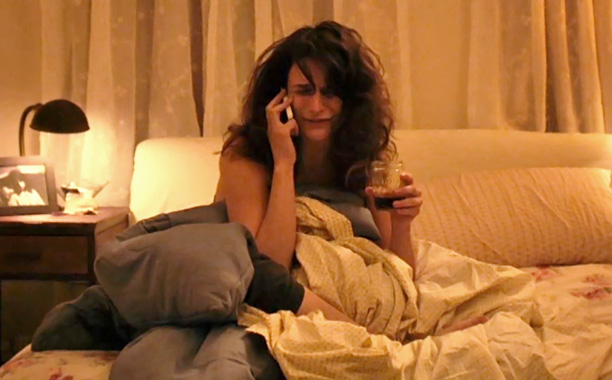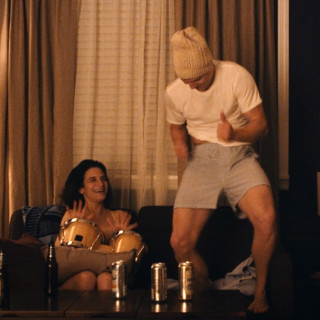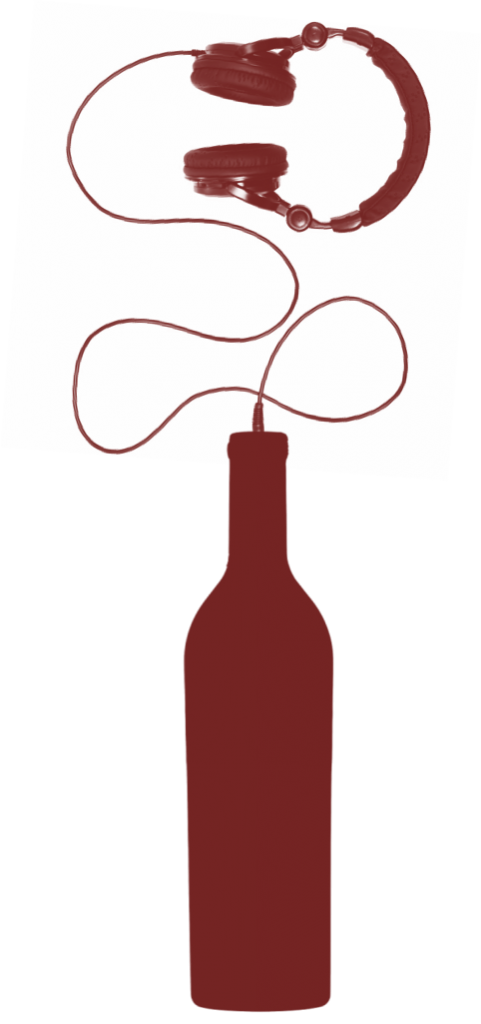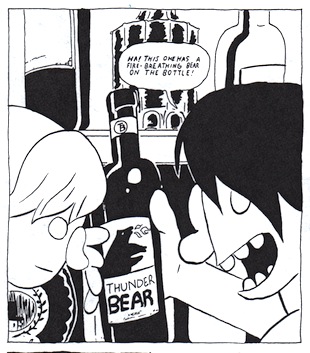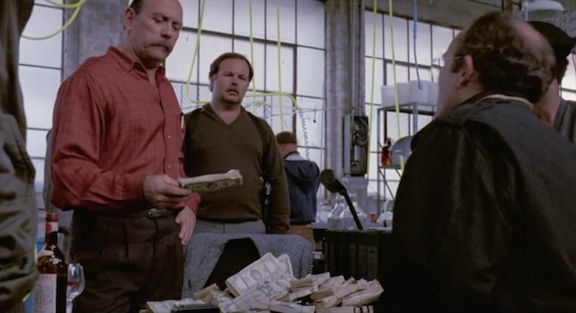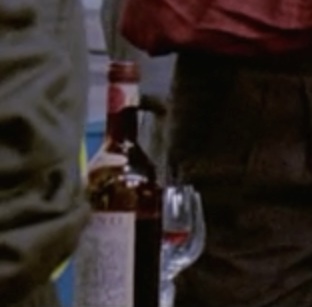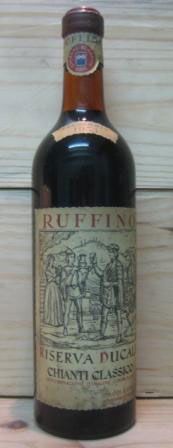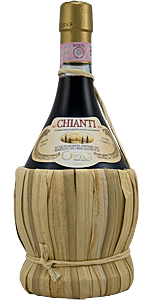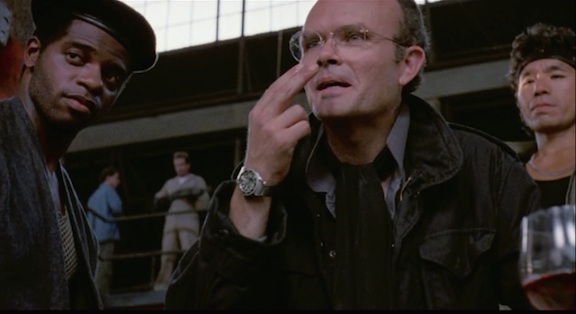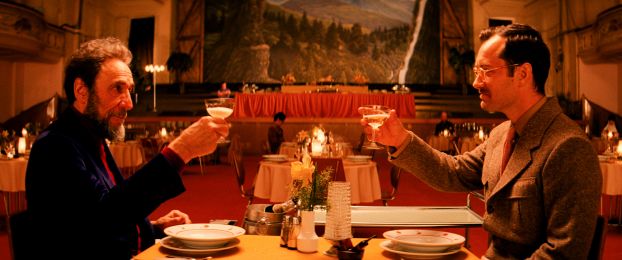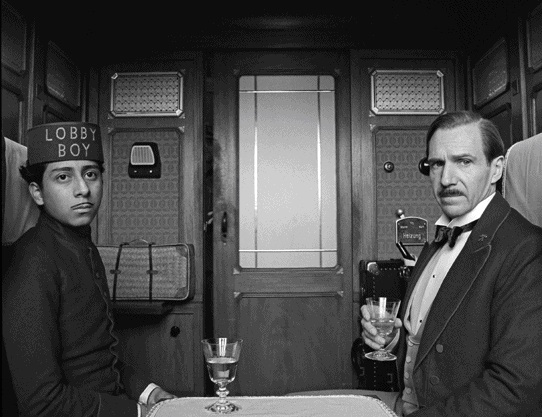Wine is not part of the American visual vocabulary of virtue, in the way that breakfast cereals, completely undeservingly, are.
Look there in the bottom left hand corner of the frame. While more a function of product placement than set-design, the Kent family’s box of Cheerios implies happy childhoods and growing children, a story unbrokenly told by generations of marketers through summery television commercials. If a director alternatively placed a Cheerios box amongst domestic strife, it would read like it automatically belonged there. Perhaps it should, complicit as it is in the destruction of small family agriculture in America. Yet marketing triumphs, while the Kents innocently harbor the agent of their coming obsolescence. In a way, the Cheerios box stands alongside Mrs. Kent, also looking out onto the grown Clark, knowing it has raised him well, understanding that he will soon be heading out for the adult world of coffee and hotel breakfast buffets.
I digress. Of course wines are not depicted as a nostalgic childhood artifacts– at least not for protestant, white, American families following WWII. Things are slowly changing, and filmmakers and sitcom directors increasingly picture it on dinner tables, and as a relatable half-vice for full-time mothers– just not often in sight when the kids are around. Light substance abuse is a hallmark of dysfunctional family comedies, and wine’s refined enough to seem a little less scary. Wine can be a part of family, with reservations. Yet when does wine become a part of childhood fantasy and play acting? If there ever was a Champagne or Martini Barbie, its assuredly retired, but that doesn’t prevent young girls from imaginatively filling in the blanks, and the tiny pink play glasses. Wine, consistently portrayed as a feminine and aristocratic drink in America, plays a trickier role in fantasies about masculinity. Bruce Wayne might drink it as part of his alias– but would Batman? Would Professor X from the X-Men, because he’s sophisticated and European? Catwoman, because she’s a femme fatale? These seem the most likely– the image becomes incongruous with the Punisher, Deadpool or Spiderman. Oenophiliac villains would be another conversation, as would romantic interests. Which brings us to the other brand-name consumer good not-so-prominently placed in the 1978 film Superman: A bottle of sparkling white wine with an obscured, and perhaps defaced label, pounded by Lois Lane while anxiously awaiting an ‘interview session’ with Superman.
 .
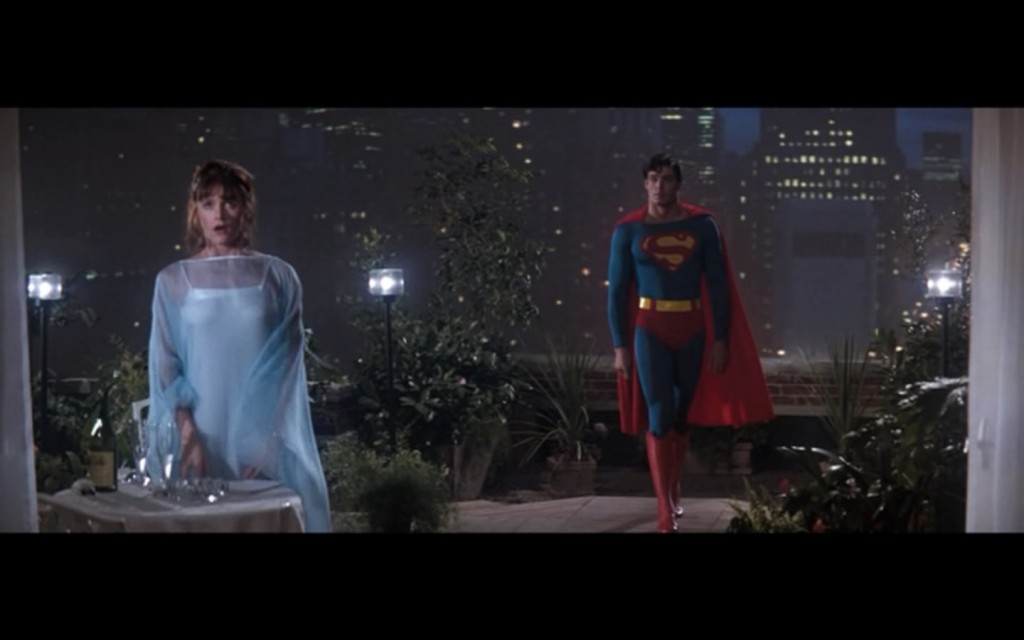
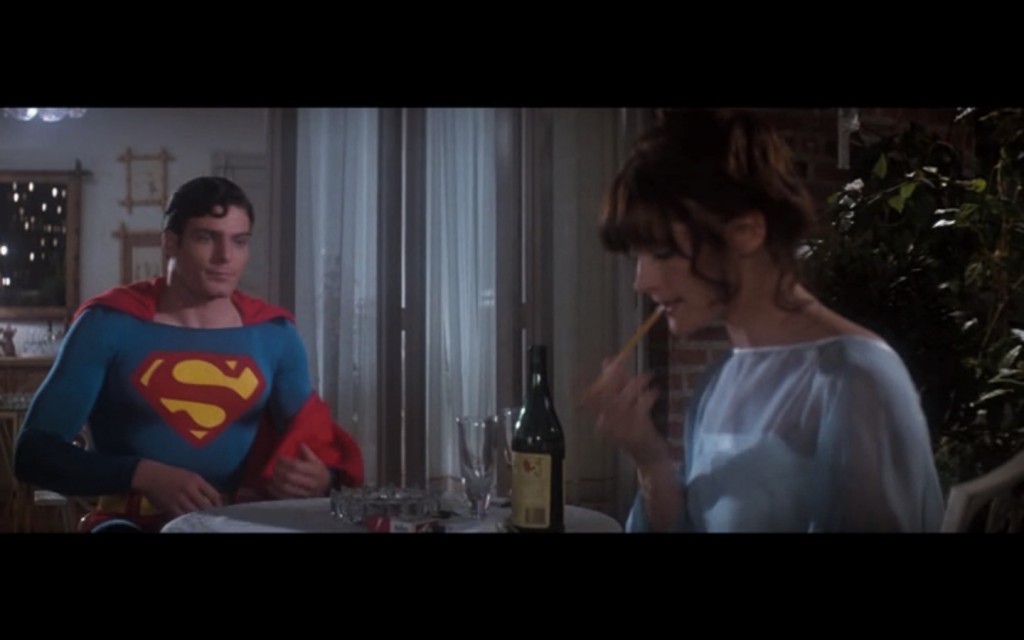
Through most of the scenes, the filmmakers turn the label away from the camera, exposing a prominent bar code and a back label likely filled with marketing copy. Lois might live in a penthouse with a landscaped roof deck, but she drinks a reliable, commercial brand. More mysteriously, she’s brought out Champagne flutes, but the bottle doesn’t look like a sparkling wine. Champagne bottles and their imitators typically have long neck foils, and a horizontal label. With the exception of the collar label, it somewhat looks like a bottle of Riunite from the advertisement below, also from 1978.
For those unfamiliar with the slogan “Riunite on Ice, That’s Nice,” Riunite was like the brand-specific prosecco of its day– cheap, fizzy and from northern Italy. Riunite is a prominent brand of Lambrusco, a type of sparkling red wine from Emilia-Romagna, which is northeast of Tuscany. Sparkling red wine is a bit of an anomaly, and while there are a handful produced around the world (particularly in Australia,) Lambrusco might be the most traditional– less a fun experiment, and more of a regional speciality. Different provinces make different variations, which differ in terms of dryness and sweetness, and what kinds of grape varietals are used. Riunite is an example of the sweetest and darkest type of Lambrusco, Lambrusco Reggiano, which is made with a higher percentage of Ancellotta grapes:
This is the wine that took America by storm in the late 1970s and early 1980s, when the Cantine Riunite of Reggio nell’Emilia, a consortium of co-operatives, succeeded in exporting up to 3 million cases per year to the United States. So successful has Lambrusco been on export markets that special white, pink, and light versions have perversely been created, the colour and alcohol often being deliberately removed.
-Daniel Thomases and David Gleave, The Oxford Companion to Wine
Riunite combated this with the claim that Riunite white “is natural,” a good reminder to natural wine producers everywhere that the term is easily pirated by industrial producers. If Lois is in fact drinking white Riunite, it shows her to be rather tasteless– a charming, bizarre twist on the luxurious tableau she presents to Superman. Her choice is fashionable, but uneducated. It doesn’t look like Lois grew up around wine, or has taught herself wine. Does Lois make enough at the Daily Planet to afford her designer wardrobe and penthouse? Or did she inherit it? Superhero stories are all about origin narratives, but despite Lois’s status as “the archetypal ‘comic book love interest,'” her biography isn’t part of the cultural consciousness (or even immediately discoverable on Wikipedia.) Lois is a well-dressed, spunky career woman living in a beautifully appointed home, partaking of the best known brands of 1978– not unlike a Barbie doll with corporate tie-ins. But where did she come from?
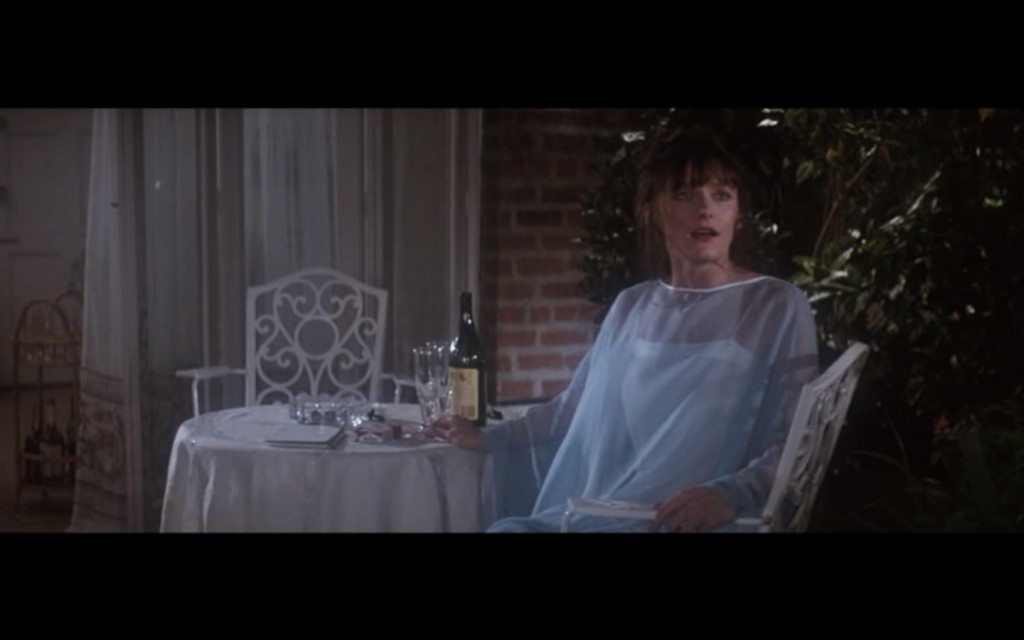
Still, its possible she is not drinking Riunite. The logo isn’t very visible on Lois’ bottle, nor is there a screwcap wrapper. A motivated set crew could have blotted out and removed labels and foils so as to deny Riunite accidental sponsorship, or incorporation into the Superman brand. Its possible they needed a bottle of wine, ran to the nearest liquor store, and picked out a bottle from a prominent case display. It’s hard to know how clued in these guys were to detail, considering that two different sets of wine glasses appear on the table over the course of the interview.
Besides giving Lois a little liquid courage, the wine gives Superman the opportunity to look good abstaining, to make a half-joke, (“I never drink when I fly.”) When she writes up the piece, Lois assumes that Superman doesn’t drink at all, which makes Eve Teschmacher, Lex Luthor’s girl friend, coo with desire. After a bout of disarmingly cute sex banter, supposedly a hard-news interview, Lois and Superman fly over Manhattan and into the night sky, where Lois free-styles a rhyming poem. Utterly smitten after the visit, she monikers him, (“What a super… man.”) The winning performances and odd-ball quality of these moments easily make them the best part of the movie not involving Gene Hackman. After dropping Lois back off at the apartment, Superman swings around as his alter-ego Clark Kent, reminding a dazzled and distracted Lois that they have a date. This affords Superman a chance to make one more joke about the wine, this time at Lois’ expense. “You haven’t been–hmm?” He asks, miming her drinking with his pinky extended, lips puckered, and eyelids semi-closed.
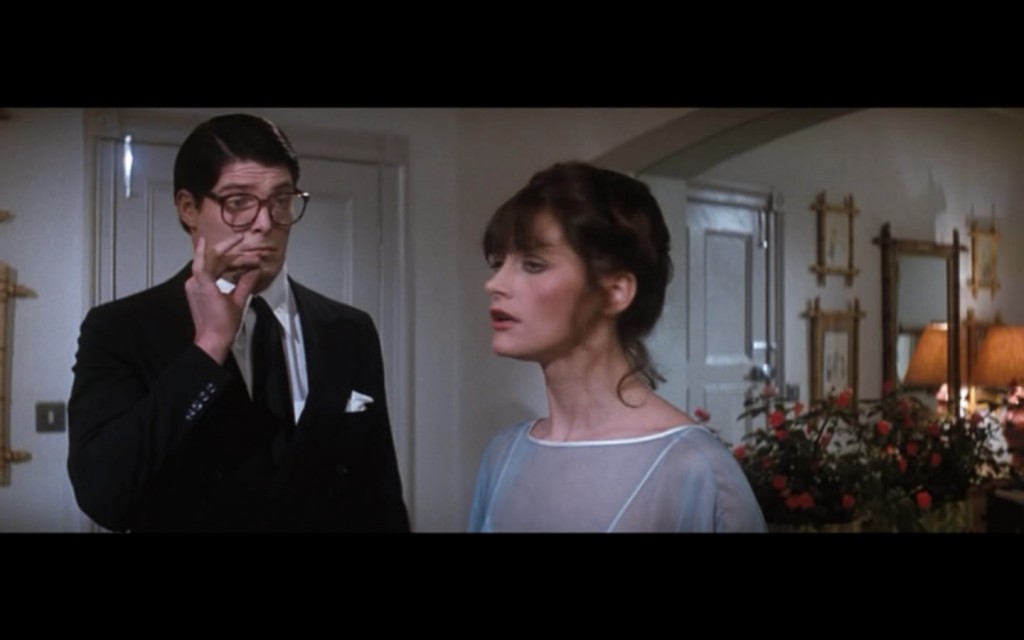
Of course she was drinking. You were there, jerk. And of course you know the real reason she’s swooning. Lois Lane is savvy, but she’s comedic relief. And despite the overblown comparisons of Superman to Jesus, (only exacerbated in the 2013 Man of Steel,) Superman isn’t a saint. He’s duplicitous enough to schedule two dates with Lois as two different people, just for voyeuristic kicks. He seems charmed by her imperfections, but not in awe of her abilities, (although he appreciates her wit.) Superman isn’t a farm boy innocent, falling head over heels in love. He’s effortlessly in control, and he’s amused by her inability to see his true identity, and only passingly guilt-ridden. Superman acts less ‘salt of the earth,’ than like a cheeky business-school brat. Lois is the love interest not because she is ‘super’ herself, but because she’s a normal girl who was there at the right place, at the right time. She makes adorable, and sometimes deadly, mistakes– she publishes Superman’s weakness in the public paper, and can’t think fast enough to escape a broadening fault line. She drinks cheap, trendy plonk while dressed like a timeless Egyptian princess. Lois Lane could be anyone, so why do audiences need to know anything about her? She’s ultimately helpless– a remarkably feminine ‘Common Man’ that Superman dedicates his life to love and save. And drop thousands of feet above the ground. And get mugged at gunpoint. No hard feelings.
And what’s happened to Riunite since 1978? It didn’t age well, but sales are still holding strong in states with more labyrinthine liquor laws, like Pennsylvania and Ohio. Riunite, once advertised as the wine of happening twenty-somethings, is now a proudly-unfashionable staple of the heartland. Riunite’s producers understand that, releasing a highly publicized TAPS campaign for veterans, an RV tour, and a smart line of ads riffing on the datedness of their jingle from 1985. One could imagine that they’d love to be the favorite of Superman’s girlfriend—the Cheerios or Malboros of wine.
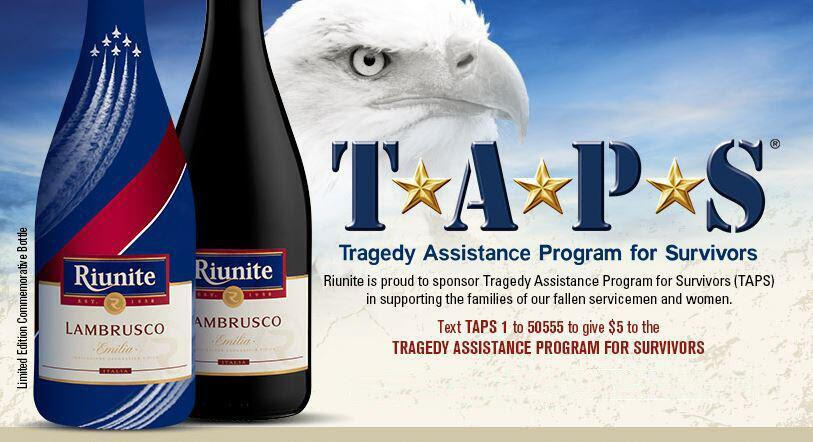
This is part of a series called What Were They Drinking? co-posted at my wine and social criticism blog, The Nightly Glass.
Also recommended– the archive of old advertisements on the Riunite website. The theme-song might get stuck in your head, but they’re pretty amazing cultural artifacts.

